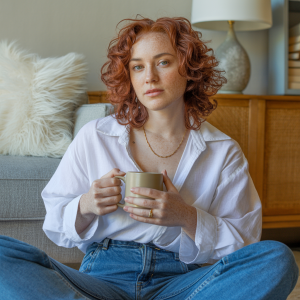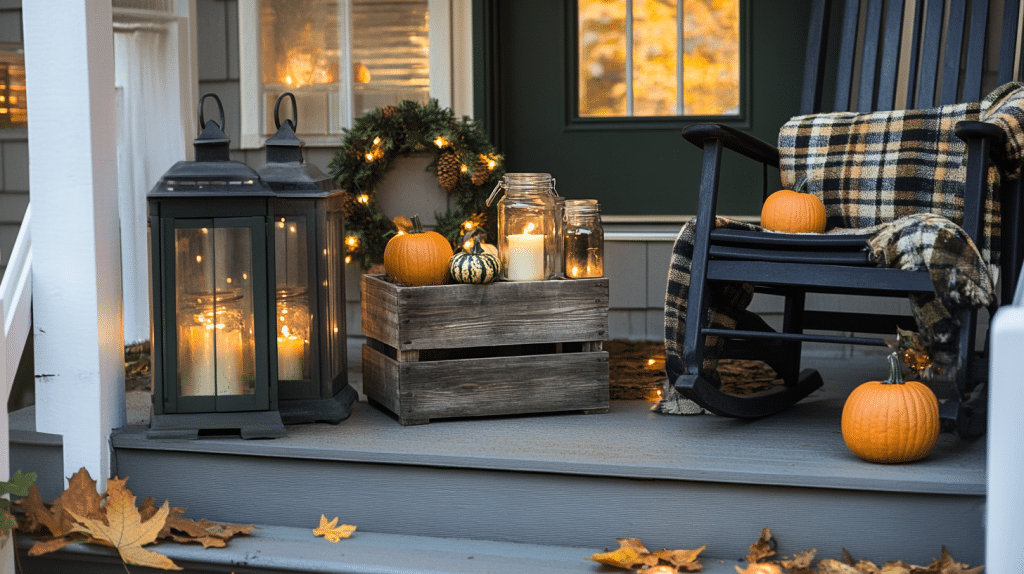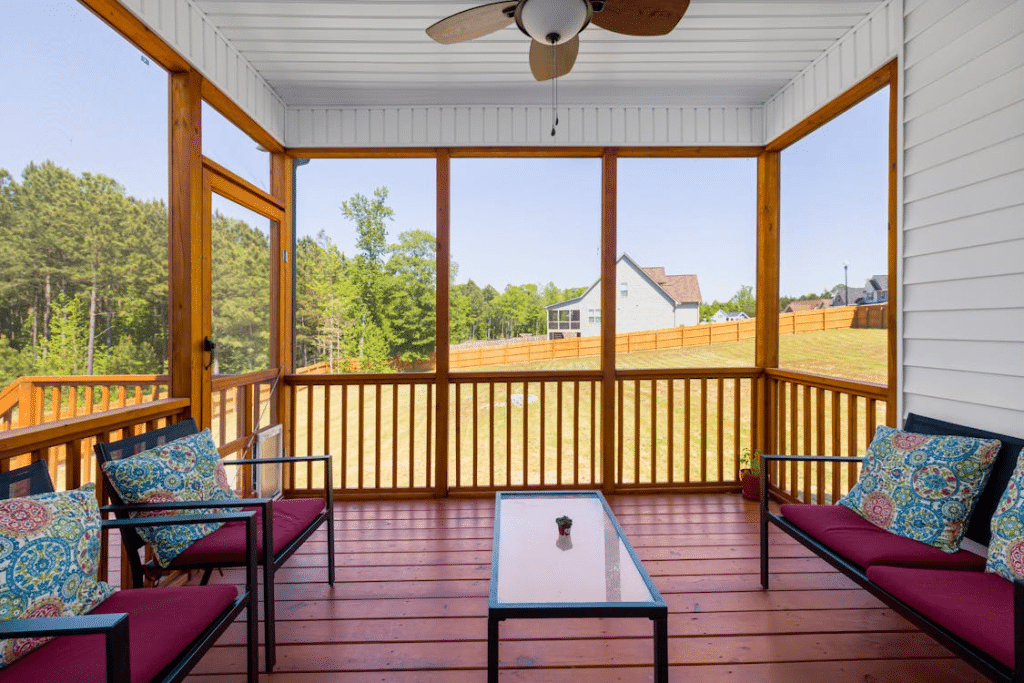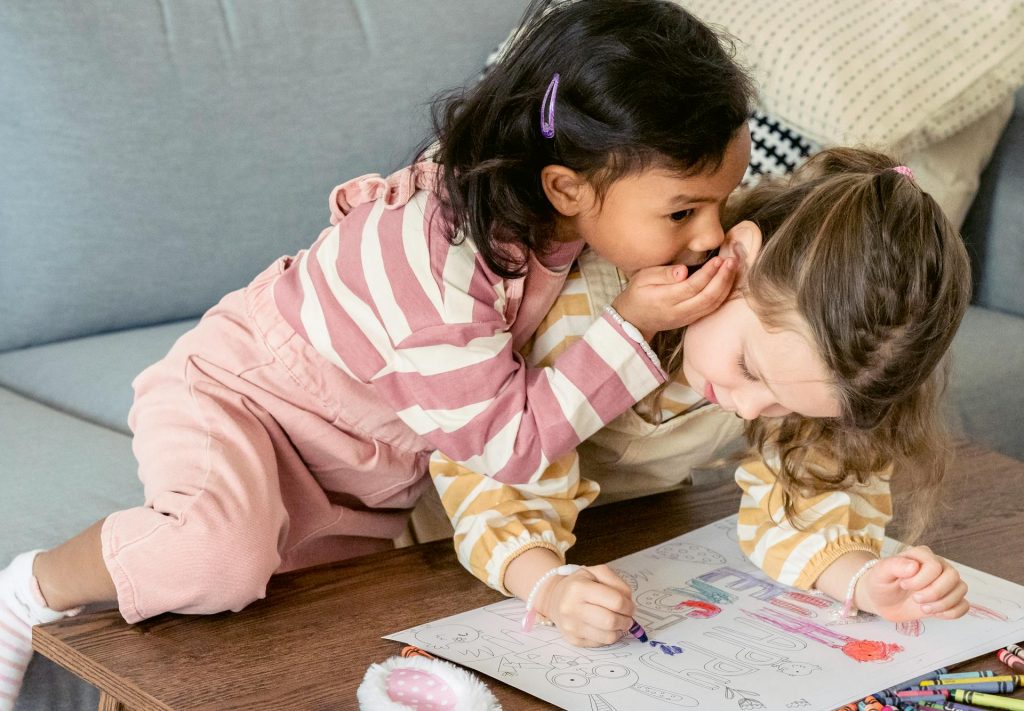Decorating a rental property requires balancing creating a homey space with securing the return of your security deposit at lease end. The average lease lasts 1 year, meaning you’ll spend at least 365 days in this space. Your desire to add personal touches to a temporary home makes sense, yet ignoring your landlord’s rules could cost you the security deposit or lead to expensive repainting fees.
Renters often struggle to find damage-free decorating methods. Questions about hanging pictures and using wall nails frequently arise as tenants try to create comfortable living spaces within their lease restrictions. Most landlords won’t allow fixture replacements or permanent alterations, but numerous renter-friendly alternatives exist.
This piece explores typical decoration allowances in rental properties and smart space personalization techniques that protect your security deposit. The right strategies let you express your style while keeping the property’s original condition intact.
Understanding What You Can and Can’t Do
You need to understand your rental property’s decoration limits before making any changes. Your lease agreement outlines what you can and cannot do. Read this document really well since most standard leases have specific decoration restrictions.
Landlords usually allow temporary changes that won’t harm walls or fixtures. You can use removable hooks to hang art, apply peel-and-stick wallpaper, and place area rugs over existing flooring.
Written permission becomes necessary for anything beyond these simple changes. Send your landlord a polite email with your proposed changes and include pictures of products you plan to use. This documentation protects both you and your landlord.
Different properties have different rules. Your landlord’s guidelines might be more strict in luxury rentals to keep uniformity. Private homeowners might give you more freedom if you build a good relationship with them.
Take detailed photos of your space before you move in and document existing damage. This step will protect your security deposit by showing your property’s condition before occupancy.
The golden rule remains “temporary” – you should be able to reverse any changes completely without leaving marks or damage. This approach lets you personalize your space while keeping your security deposit safe.
Smart Decorating Tips That Won’t Risk Your Deposit
Let’s dive into practical ways you can personalize your rental space. A rental property shouldn’t limit your style – you just need some creative ideas and temporary solutions.
Removable wallpaper has become a real game-changer for renters. These peel-and-stick options offer countless patterns and colors that can reshape your walls without damaging paint. Command hooks and strips have changed how renters display art – they can hold heavy items and come off clean without leaving marks.
Area rugs layered strategically can hide unattractive flooring. You might also try interlocking floor tiles as a temporary fix until your lease ends.
The right lighting can completely change a room’s feel. Switch out harsh overhead bulbs with warmer ones (just keep the originals safe). Plug-in wall sconces and floor lamps add ambiance without any electrical work needed.
Smart furniture placement creates visual appeal without any changes to the space. Here are some temporary decor ideas:
- Use tension rods for curtains without drilling
- Apply removable tile stickers in kitchens and bathrooms
- Lean large artwork against walls instead of hanging
- Incorporate plants to add life and color
- Use fabric wall hangings with adhesive hooks
Temporary window films add privacy and style without permanent changes. Your security deposit will stay safe if you store original fixtures and return everything to its original state.
What to Avoid to Keep Your Security Deposit Safe
You need to know what not to do when decorating a rental property to protect your security deposit. Painting without permission tops the list of deposit-losing mistakes. Your excellent painting skills and great taste won’t matter – unauthorized painting could get pricey or make you lose your deposit completely.
Stay away from major renovations. Your landlord doesn’t expect you to make big changes to their rental property. Don’t remove walls or widen doorways without permission.
Installing permanent fixtures needs explicit permission. These items become your landlord’s property once attached, and removing them without approval could count as property destruction.
Don’t throw away original furnishings – that’s an expensive mistake. Keep the original hardware, light fixtures, and other removable items in a safe place. Your landlord keeps track of these items, and missing pieces will cost you money.
Wallpaper can cause serious headaches, especially when you have peel-and-stick options. Even if they claim to be removable, they sometimes damage walls during removal if the surface wasn’t properly primed.
Heavy objects and new holes in walls can spell trouble. Unless your lease says it’s okay, stick to lightweight items that you can hang with removable adhesive products.
Note that most leases don’t allow improvements or changes without written permission from your landlord. Breaking these rules could end up costing you your deposit and maybe even lead to eviction.
Conclusion
You don’t need to sacrifice personal style or comfort when decorating a rental property. This piece shows how creativity and the right approach can change any rental into a space that feels like home. The secret is finding temporary alternatives that won’t risk your security deposit while following lease terms.
Talking to your landlord is vital before making any changes. Most rental agreements restrict permanent modifications, but landlords often show surprising flexibility when you approach them respectfully with clear plans. On top of that, it helps to document your rental’s condition before decorating to protect your deposit.
Today’s market offers many renter-friendly products made specifically for temporary homes. Peel-and-stick wallpaper, command strips, and area rugs let you express yourself without causing damage. Testing products in hidden spots first is always smart, and you should keep original fixtures stored safely to reinstall when you move out.
Your rental situation’s temporary nature should guide your choices. Smart planning leads to reversible options instead of permanent changes that could cost you money later. With these strategies, you can create a space that shows off your personality and style. Best of all, your security deposit stays safe when the lease ends.
However, if a DIY decoration creates a safety hazard – like an incorrectly mounted shelf falling on someone or unstable furniture causing a trip – the landlord typically isn’t responsible for injuries caused by modifications you made yourself. In situations like this, renters may need legal help for injuries and accidents through ConsumerShield to understand their rights and how liability is handled in tenant-caused incidents.
Best of all, your security deposit stays safe when the lease ends.












